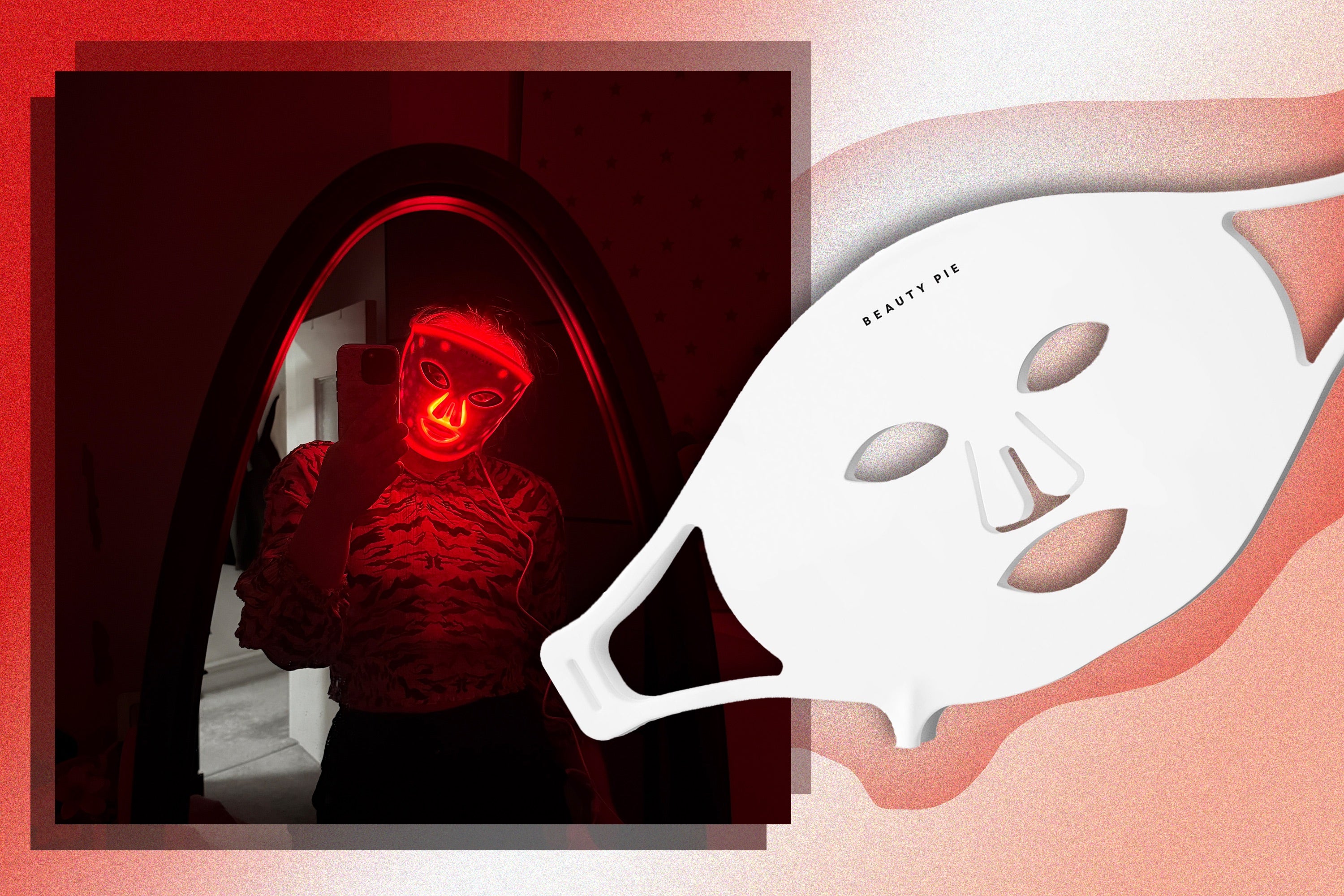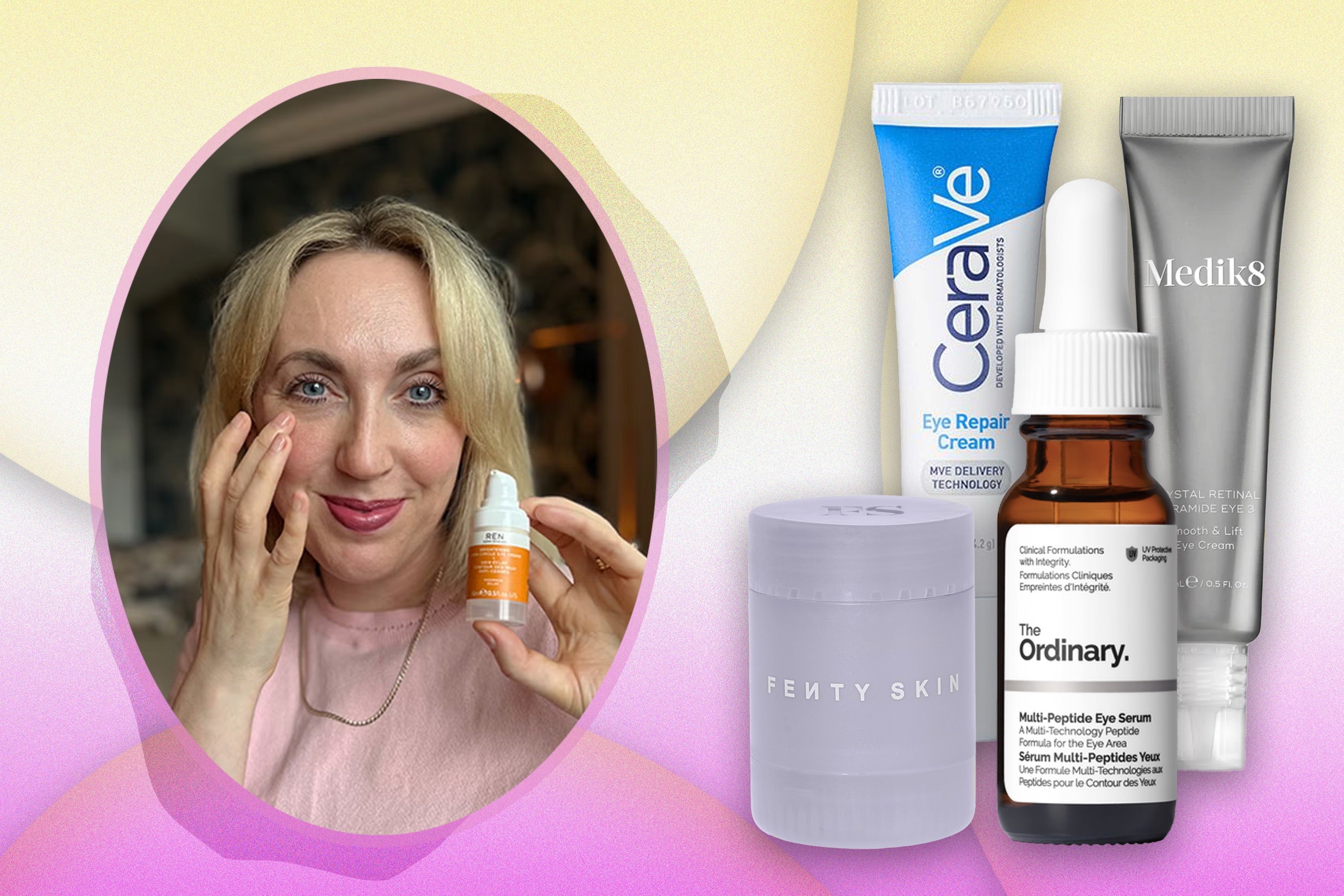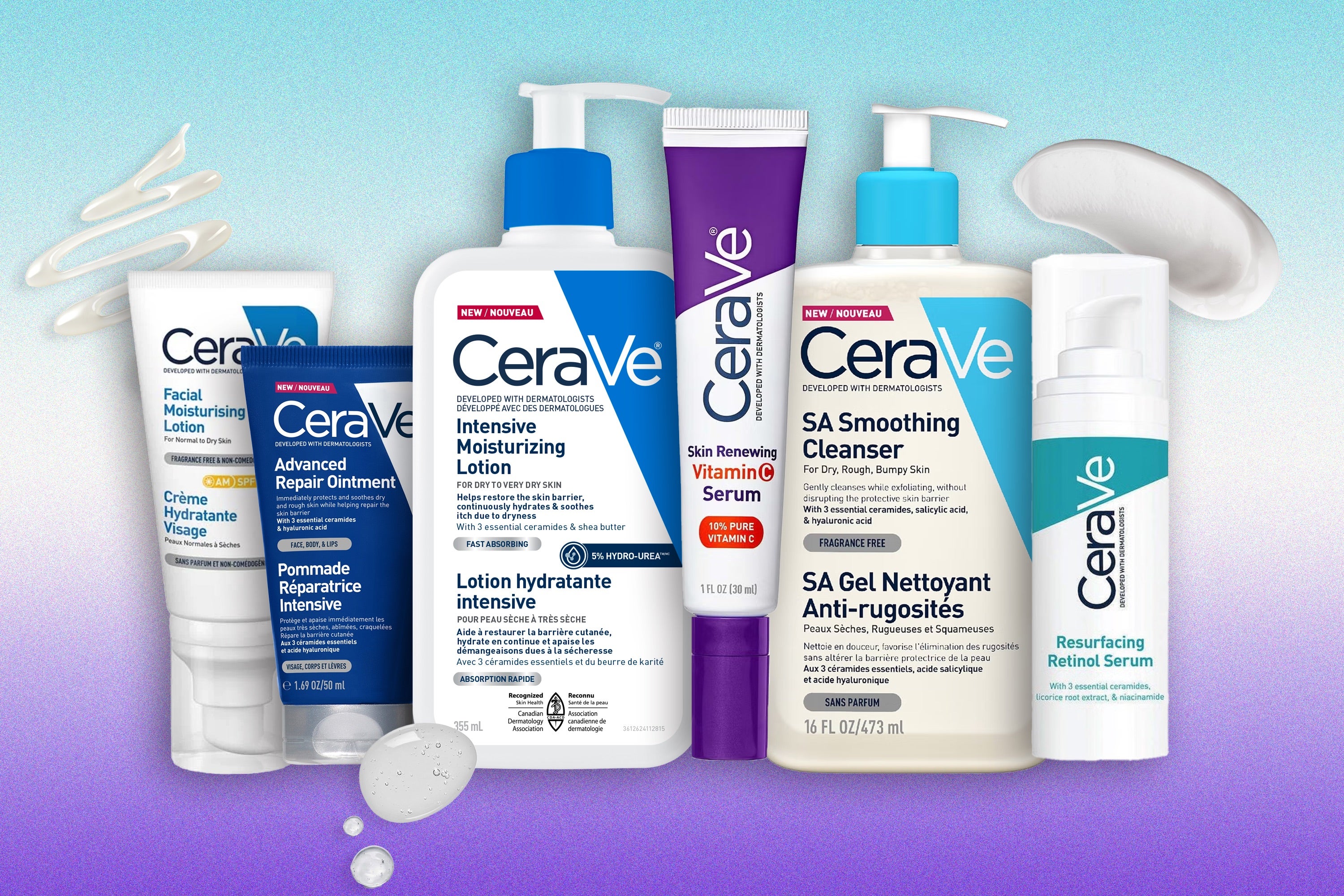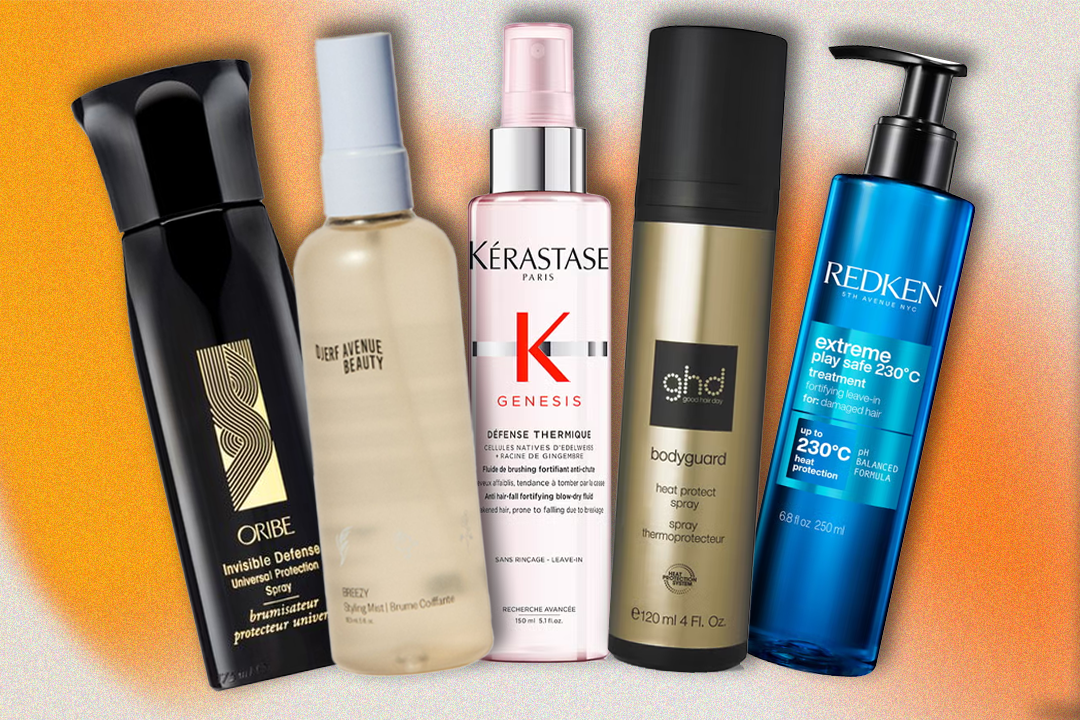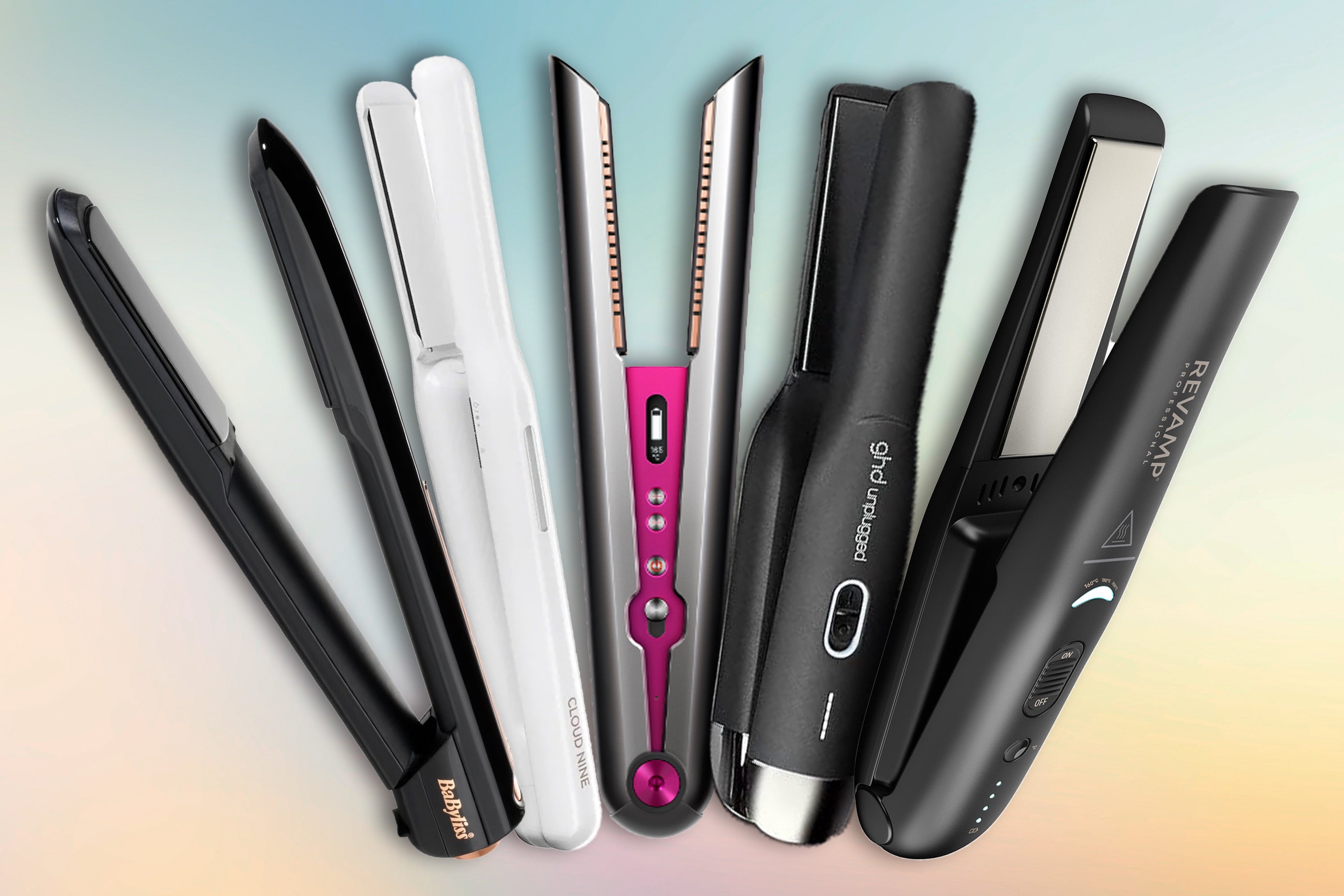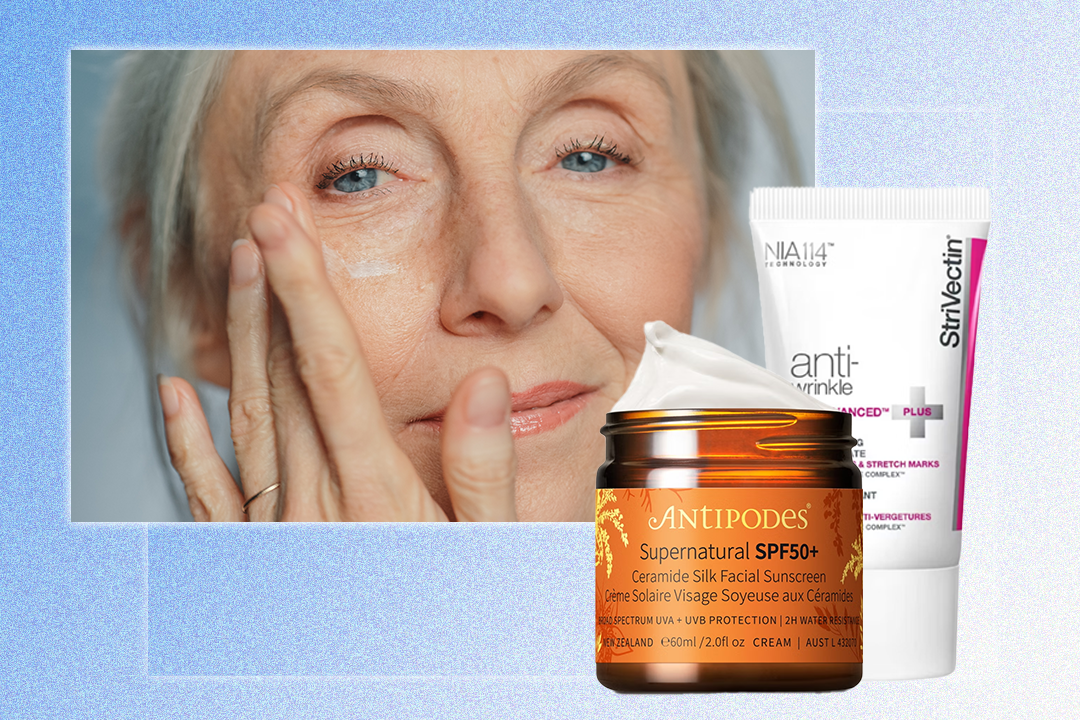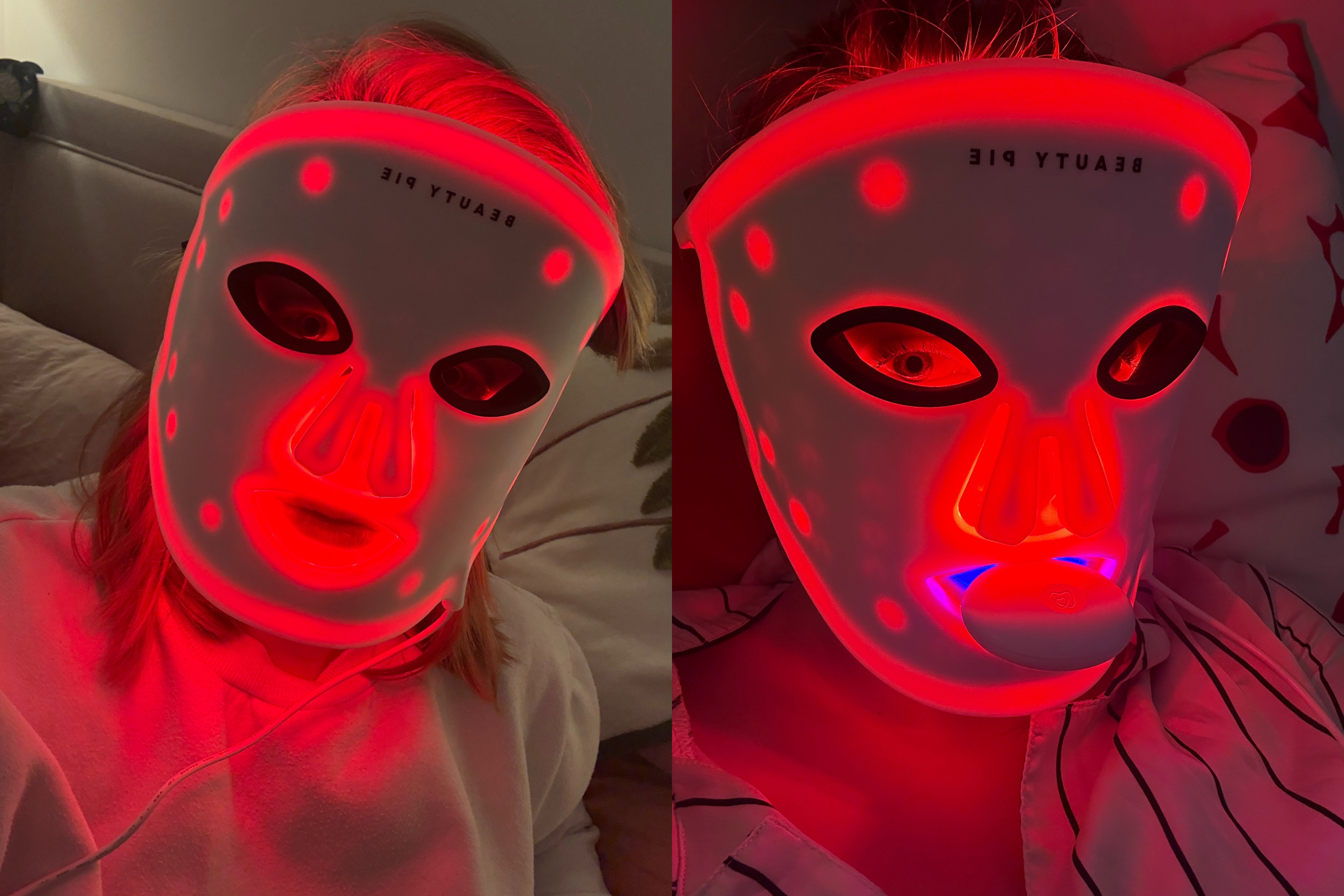C-wave light facial dual light LED treatment mask
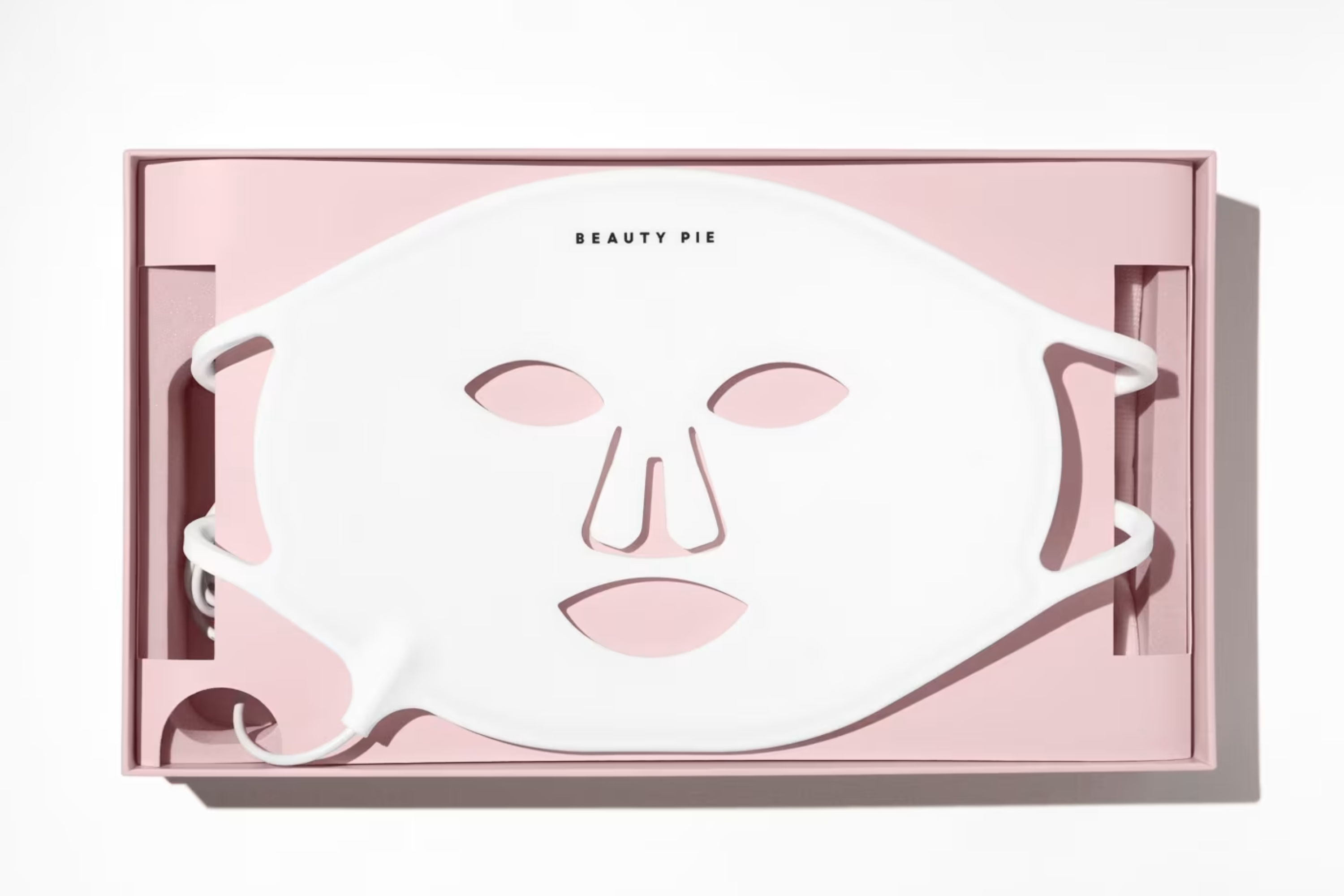
- Wavelengths used: Red and near Infrared
- Material: Silicone
- Wireless: Yes
- Charge type: USB
- Treatment time: 10 minutes
- Why we love it
- Skin does appear more plump after extended use
- Decreases skin sensitivity
- Take note
- No top strap means it slips down the face
- Eye inserts are uncomfortable
- Doesn't help with breakouts or blackheads
Design
Upon first inspection of the Beauty Pie C-wave mask, it certainly appears as though it’s an imitation of the Currentbody mask, complete with both a flexible nose and protective eye inserts. Aside from the £179 price gap, the first difference I noticed between the two devices was the number of LEDs, with 58 in Beauty Pie’s versus 132 in Currentbody’s series one mask (there are 236 in series two). For those that don’t know, the number of bulbs in an LED mask affects how well the light can penetrate the skin. Generally speaking, the further the light has to travel, the less deep it can penetrate and get to work boosting collagen and cell turnover.
In terms of its physical makeup, the device is comprised of a silicone mask and an attached handheld power pack; this handheld portion is used to switch on the device and can be charged via a USB to USB-C cable. I found it needed charging around once a week with daily use. Regarding comfort, the mask did dig into the bridge of my nose where the eye inserts make contact with the skin and, without the help of an overhead strap, I found that it slipped down during the 10-minute treatment. That said, when wearing my hair up it was easy to negate the latter issue by resting the back strap on the bump of my ponytail.
As for its functions, the mask uses red and near infrared light at frequencies of 630nm and 830nm, respectively. To bring you up to speed, red light works primarily to tackle the surface appearance of the skin – skin texture and elasticity – while near infrared light penetrates more deeply to address inflammation. Both red and near infrared light stimulate the production of collagen and so, in theory, they’re somewhat of an anti-ageing powerhouse when used together.
Read more: What are peptides and are they anti-ageing for skin?
The results
As with all of the masks I’ve tried, my hormones fluctuated at various points throughout the testing process, prompting breakouts and blackhead flare ups. One of the things I noted after reviewing the Currentbody mask was the “smoother texture” it afforded my skin, leaving me with fewer concentrations of blackheads on the high points of my cheeks. In compariston, after extended use of the Beauty Pie mask, I didn’t see the same improvement and, instead, found that clusters of pustular acne and an influx of blackheads continued to wreak havoc on my skin.
Let’s be clear though – that’s not to say that the Beauty Pie mask caused these flare ups. In fact, I have no doubt they were the result of alcohol consumption and hormone fluctuations. However, while using both the Currentbody and Silk’n masks, I saw these pesky ‘time of the month’ byproducts minimise significantly. It’s worth qualifying that nowhere in Beauty Pie’s C-wave mask description does the brand claim that the product will reduce acne, but I’m just not sure whether the money saved versus competitor devices (£99-180, depending on whether you’re a Beauty Pie+ member) makes the absence of blemish-busting capabilities worthwhile.
On a positive note, when looking at the performance of the mask from an anti-ageing perspective, I do believe that it helped to bring a youthful springiness to my complexion, which can at times appear dull and dehydrated. When I found myself on two 23-hour aeroplane stints, I’d argue it was the mask that helped stave off the dreaded dryness and flaking we commonly experience from the in-flight air supply. And, for retinol/retinal users, the mask undoubtedly minimised my usual vitamin A sensitivity and irritation.
